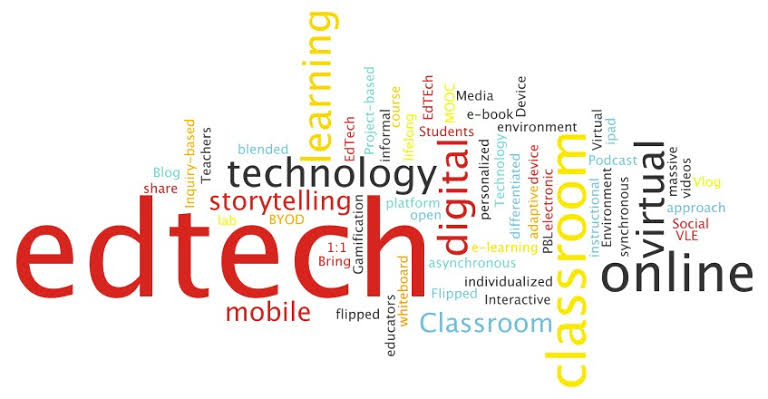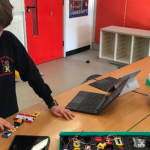Accessible Education is the process of designing a course and developing a teaching style to meet the needs of people from various backgrounds, abilities and learning styles. Just as there is no single way to teach, people learn in a variety of ways; The use of different teaching methods will help meet the needs of a large number of students.

It takes into account various student characteristics such as ethnicity, race, abilities, disabled people, age, gender, language skills and preferred learning style. It does not compromise academic rigor. It is a proactive and inclusive way of teaching and designing courses and curricula.
It removes the barriers to learning before it affects anyone. It identifies and expresses the basic course content while accepting that students can express their understanding of basic course content in various ways. It is consistent with the universally recognized good teaching principles.

Accessible Education is not a goal. It is a process that continuously cycles in 3 steps:
1) Anticipating obstacles
2) Finding ways to mediate these obstacles
3) Increasing reach for everyone.
Technology can play an important role in removing barriers to education. Using technology, students around the world will help balance the playground with those who currently have access to educational opportunities by accessing tools tailored to their needs and situations.
How can we further support the growth of Educational Technologies?

Eucational technology is a set of information obtained by applying the science of teaching / learning to the real world conditions through the classroom environment. All methods and tools developed in this process are also intended to help this practice.
Despite the clear social benefits of using educational technology, more needs to be done to support its increased intake. Take the example of financial technology. The UK has become a global fintech center, in part because of the government’s actions to promote innovation and growth. Edtech, which is undeniably more valuable to a wider community, does not have the same support. Therefore, any incoming training officer should prioritize ending the discrepancy of the past few years by allowing the industry to develop.

All companies need financing to survive, but in this respect edtech often falls by the wayside. By changing the Seed Venture Investment Plan to give tax cuts to early stage companies, we can ensure that the edtech industry continues to grow, allowing more people to have access to good education.
Despite its importance in a better quality of life, there are still major differences in access to education worldwide. Educational technology can help with this and improve the delivery of education to some of the most non-privileged groups. However, if this becomes a reality, the industry needs more support. This will help develop innovative ideas by allowing as many students to reach their potential as possible.




